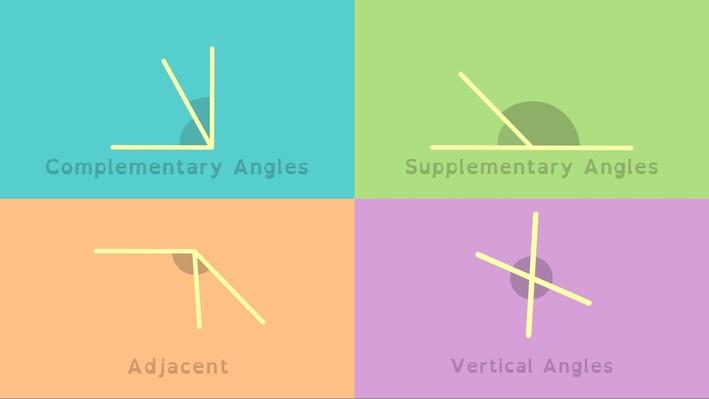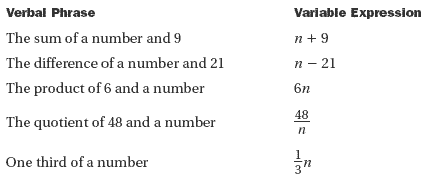
Probability (P) : is a measure of how likely an event is to occur and is a number from 0 to 1 (0 <P <1). It can be written as a decimal, fraction, or percent. We use probability to make predictions about future events.
- If an event is certain to happen, then the probability of the event is 1 or 100%.
- If an event will NEVER happen, then the probability of the event is 0 or 0%.
- If an event is just as likely to happen as to not happen, then the probability of the event is ½, 0.5 or 50%.
Some real life examples using probability that you may be familiar with are statements like:
- Today there is a 60% chance of rain.
- There is a 50% (or ½) chance of getting heads when flipping a coin.

The probability of simple events describes a single event that occurs, such as flipping a coin, spinning a spinner, or rolling a die.

The probability of rolling a 2 on a six-sided dice is:

Probability of flipping a 2 = 1/6 or 17%.
To view a mini-lesson on probability click here.
To try some problems on simple probability, click here.
The probability of compound events describes situations when two or more events are occurring. For example, spinning a spinner and rolling a die.

To determine the probability of an outcome when more than one event is occurring a model (chart or tree diagram) is a helpful tool. A tree diagram shows all the possible outcomes of an event.
Example: A coin is flipped 3 times. What is the probability that the coin will land on heads all three times?

According to the tree diagram, there are 8 possible outcomes. Only 1 outcome shows 3 heads, so the probability is 1/8 that 3 heads are thrown.
Using multiplication to find the probability of a compound event, multiply the probability ratio of each separate event.

To watch a video on tree diagrams click here.
To practice with tree diagrams, click here.
Have fun exploring probability!
























 Ready to try some problems on your own? Click
Ready to try some problems on your own? Click 








